Some things are better left a mystery—like what’s really in your favorite snack or how that glossy candy coating gets its shine. But once the curtain’s pulled back, it’s hard to look at them the same way again. This list spills the secrets behind everyday items that might seem totally normal until you learn what goes into making them.
Gelatin Desserts

Gelatin is the end result of boiling cow and pig skin, cartilage, and bones to extract collagen. Once it cools, it forms the base for that bouncy texture in desserts like Jell-O. It’s not exactly a health risk, but the source alone is enough to make people put the spoon down.
Gummy Bears
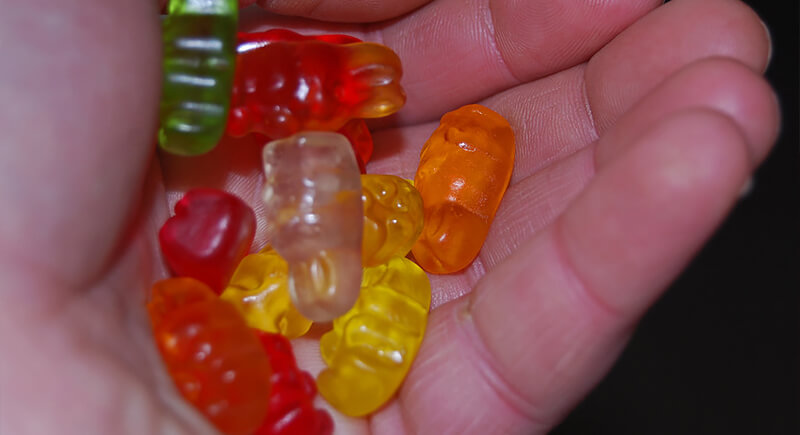
Gummy bears are childhood candy royalty, but the truth behind them is hard to chew. Their signature bounce comes from gelatin, which, as noted, is made from boiled animal parts. The glossy outer coating is often shellac, which comes from the secretions of the female lac bug.
Hot Dogs
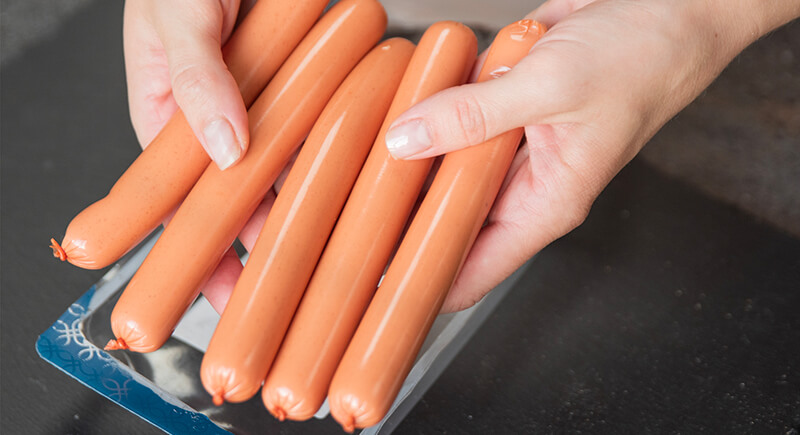
There’s a reason the phrase “mystery meat” exists, and hot dogs are Exhibit A. These grill-time favorites are typically made using “mechanically separated meat”—a mush of leftover scraps, organs, and fat all ground together into a pink paste. That paste gets flavored, preserved, dyed, and piped into synthetic or natural casings.
Chicken Nuggets

Nuggets have long fooled people into thinking they’re pure chicken. Many versions start with a pulped blend of meat trimmings, skin, and fat, mixed with binding agents and artificial flavors. The mix is then coated in breading and fried to golden perfection.
Decaf Coffee

Decaf sounds innocent, but behind the smooth sip lies a heavy-duty process. To strip caffeine from beans, many manufacturers use solvents like methylene chloride or ethyl acetate—chemicals that also appear in paint remover.
Cheese Powder
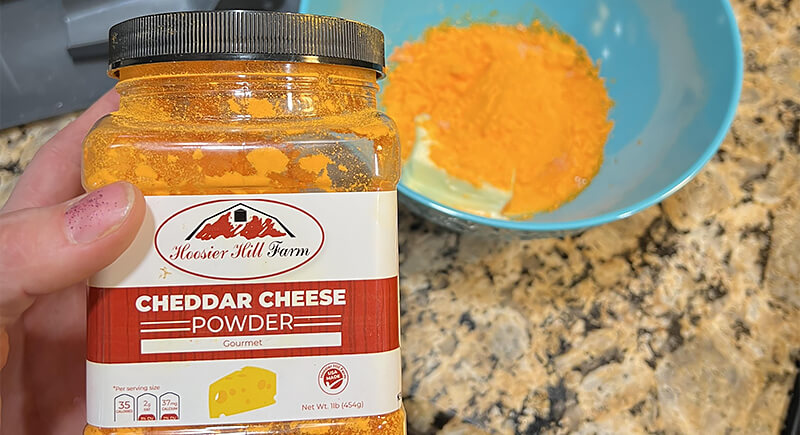
The neon-orange cheese dust in boxed mac and cheese is a science project. Cheese powder often starts as actual cheese, but then it’s dehydrated, pulverized, and blended with artificial colors (like Yellow 5 and Yellow 6), salt, anti-caking agents, and emulsifiers. Some ingredients are even derived from petroleum.
Vanilla and Raspberry Flavoring
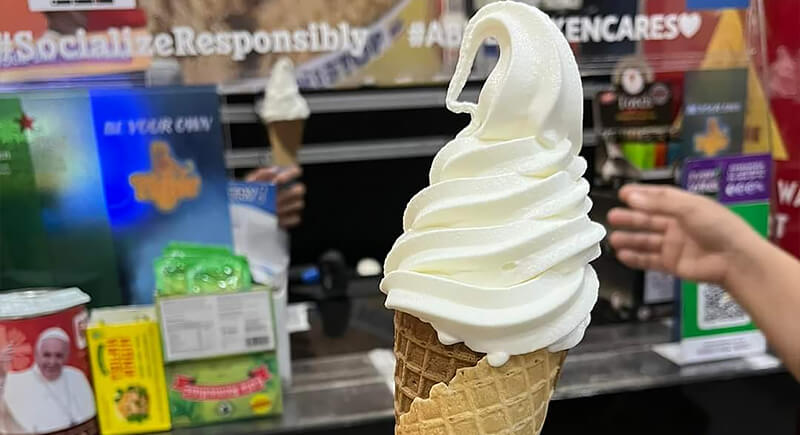
The next time you see “natural flavor” listed on a raspberry or vanilla product, you might not want to know what it really means. For years, a substance called castoreum, which comes from a gland near a beaver’s tail, was used to create raspberry and vanilla flavors. Thankfully, it’s rarely used today.
Processed Bread
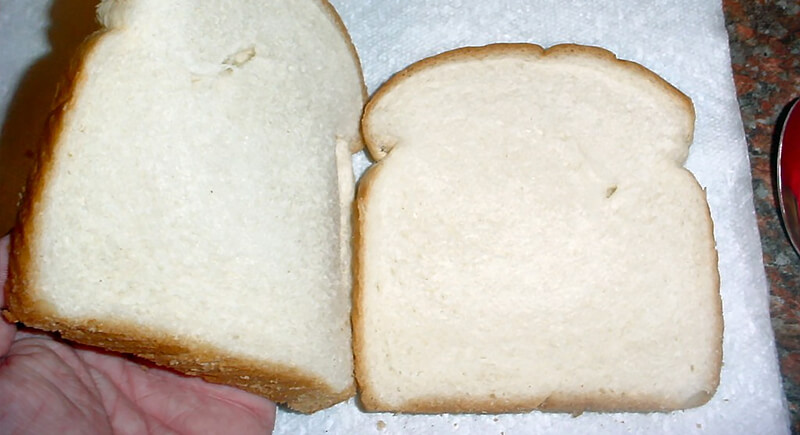
Processed bread looks harmless, but some loaves hide an unexpected ingredient: L-cysteine. It’s an amino acid often sourced from duck feathers or, in some cases, human hair. It helps condition the dough and extend freshness. Not all brands use these shortcuts, but most pre-packaged, long-lasting loaves do.
Marshmallows
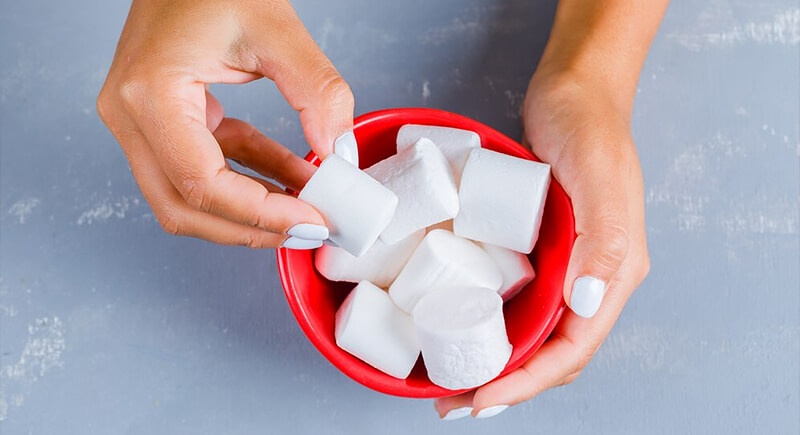
Marshmallow’s soft texture comes from the same collagen-heavy animal byproduct in gummy bears and Jell-O. Once you know, it’s hard to see marshmallows as innocent puffs of joy. Vegans and vegetarians often skip them.
Imitation Crab Meat
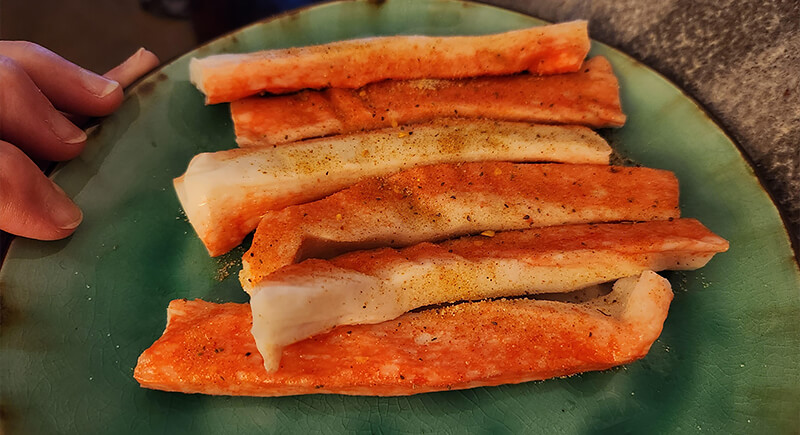
Imitation crab meat, also known as surimi, is made by grinding up white fish—usually pollock—into a paste, then mixing it with starch, sugar, and MSG to mimic crab’s taste and texture. It’s then dyed to give it that signature red-and-white look. It’s a clever workaround for expensive seafood.
Pickles
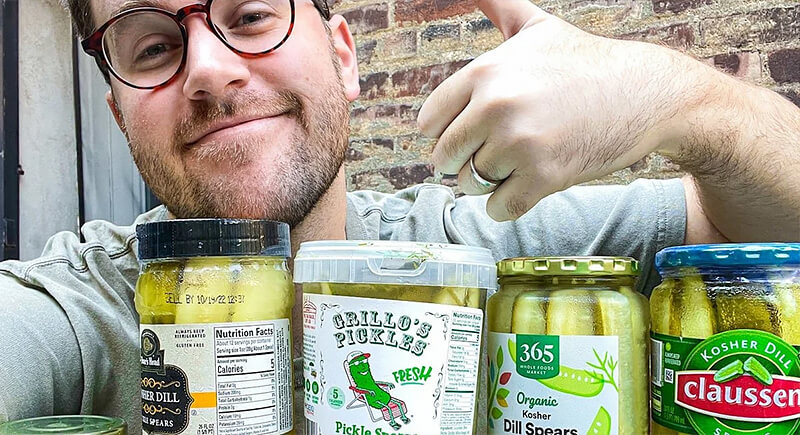
Commercial pickles sometimes contain more than cucumbers and vinegar. Some mass-produced brands use artificial dyes like Yellow 5 to achieve that vibrant green color and alum to maintain their snap. Alum is an aluminum-based compound often used in industrial applications. While considered safe in small doses, it’s nowhere near “farm-fresh.”
Canned Soups
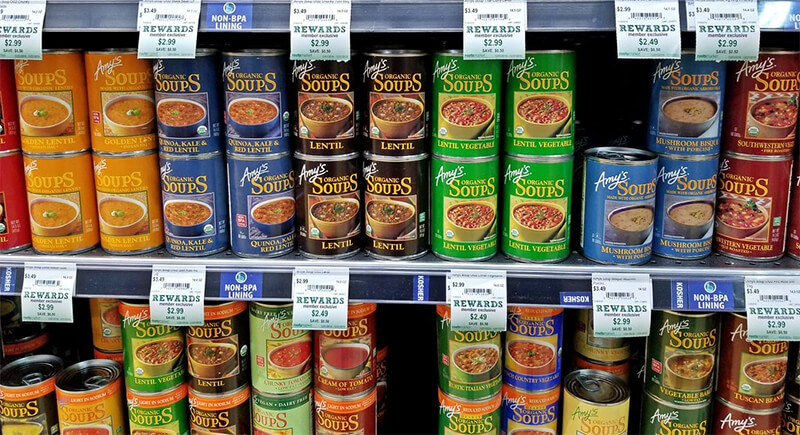
They seem like the ultimate comfort food—until you look at what’s simmering behind the scenes. Canned soups often pack high amounts of sodium, preservatives, and sneaky flavor enhancers like monosodium glutamate (MSG). Even the can lining might contain BPA, a chemical linked to health concerns.
Yogurt
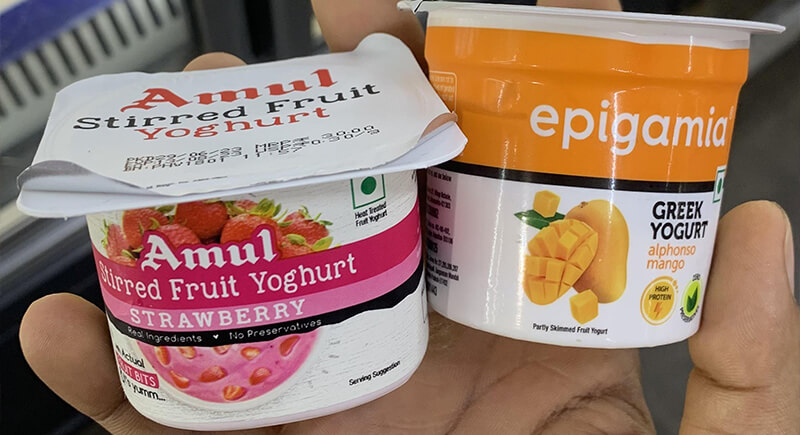
Yogurt has a healthy halo, but flavored versions often hide some suspicious ingredients. Stabilizers like gelatin, artificial fruit flavors, and food colorings force the “healthy snack” to lose some of its shine. Some varieties also include carmine for that fruity red color, made from ground cochineal bugs.
Sugar-Free Candies
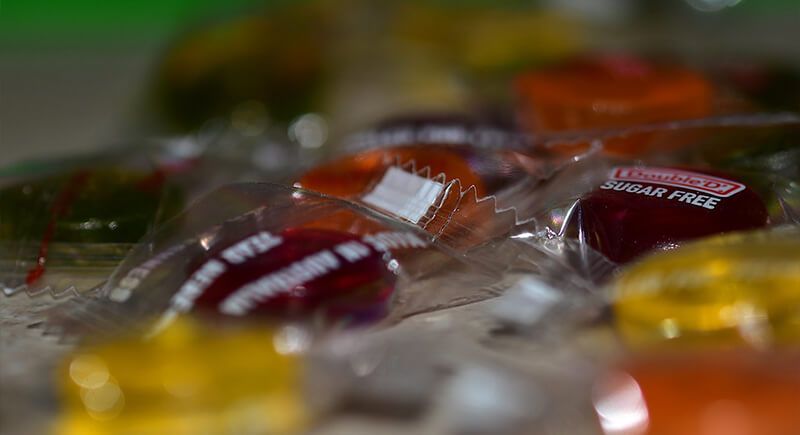
They promise guilt-free sweetness, but sugar-free candies often trade one issue for another. Many are packed with sugar alcohols like sorbitol or maltitol, which the body can’t fully digest. This results in bloating, cramps, and bathroom visits. Labels usually warn customers about this, but it’s easy to overlook until it’s too late.
Energy Drinks
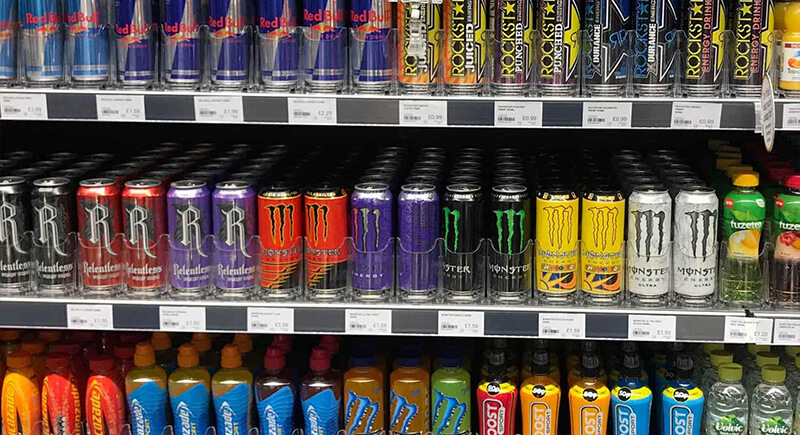
Some energy drink brands cram in as much caffeine as three cups of coffee—plus enough sugar or fake sweetener to power a truck. The mix may give you a jolt, but it also spikes your heart rate, dehydrates you, and leaves you crashing hard.